Growing Health Consciousness
The increasing awareness of health and wellness among consumers is a primary driver of the healthy food market. As individuals become more informed about the impact of diet on overall health, they are actively seeking nutritious options. This trend is reflected in the rising sales of organic and natural products, which have seen a growth of approximately 10% annually. The healthy food market is responding to this demand by expanding product lines to include more health-oriented choices, such as low-calorie snacks and nutrient-dense meals. Furthermore, educational campaigns about the benefits of healthy eating are likely to continue influencing consumer behavior, thereby propelling the market forward. As a result, companies are increasingly investing in research and development to create innovative products that cater to this health-conscious demographic.
Influence of Social Media and Health Trends
Social media platforms play a crucial role in shaping consumer perceptions and preferences in the healthy food market. Influencers and health advocates often promote nutritious eating habits, which can lead to increased demand for specific products. The healthy food market is witnessing a surge in products that are trending on social media, such as superfoods and meal replacement shakes. This phenomenon suggests that marketing strategies leveraging social media can significantly impact sales and brand visibility. As consumers increasingly turn to these platforms for inspiration and information, companies must engage with their audience effectively to capitalize on emerging health trends and maintain relevance in a competitive market.
Regulatory Support for Healthier Food Options
Government initiatives aimed at promoting healthier eating habits are influencing the healthy food market. Policies that encourage the consumption of fruits, vegetables, and whole grains are likely to drive demand for healthier food products. The healthy food market is benefiting from regulations that support labeling transparency and nutritional education, which help consumers make informed choices. For instance, programs that subsidize the production of organic foods or provide funding for health education initiatives can enhance market growth. As regulatory frameworks evolve to support healthier eating, the industry may experience increased investment and innovation, ultimately leading to a broader range of healthy food options available to consumers.
Technological Advancements in Food Production
Technological innovations in food production are significantly shaping the healthy food market. Advances in agricultural practices, such as precision farming and vertical farming, are enhancing the quality and availability of fresh produce. These technologies not only improve yield but also reduce the environmental impact of farming. The healthy food market is benefiting from these advancements, as they enable producers to offer fresher, more nutritious options to consumers. Additionally, food processing technologies are evolving, allowing for the creation of healthier alternatives to traditional products, such as low-sugar or high-fiber options. This shift is likely to attract a broader consumer base, as more individuals seek convenient yet healthy food choices.
Rise of E-commerce and Online Grocery Shopping
The expansion of e-commerce platforms is transforming the way consumers access healthy food products. With the convenience of online shopping, consumers can easily find and purchase a wide variety of healthy options from the comfort of their homes. This trend is particularly evident in the healthy food market, where online sales have surged by over 30% in recent years. Retailers are increasingly investing in their online presence, offering subscription services and personalized recommendations to enhance the shopping experience. As consumers continue to prioritize convenience and accessibility, the healthy food market is likely to see sustained growth through digital channels, making it essential for brands to adapt their strategies accordingly.


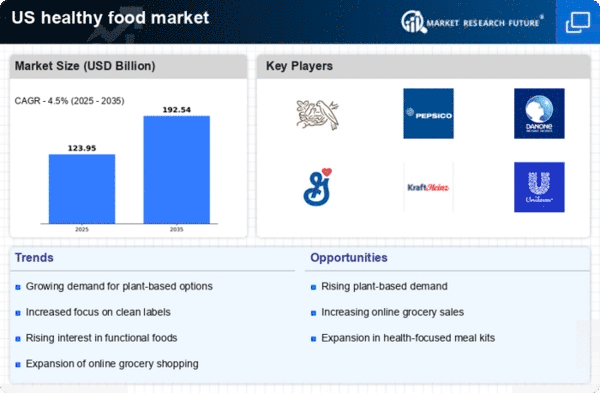
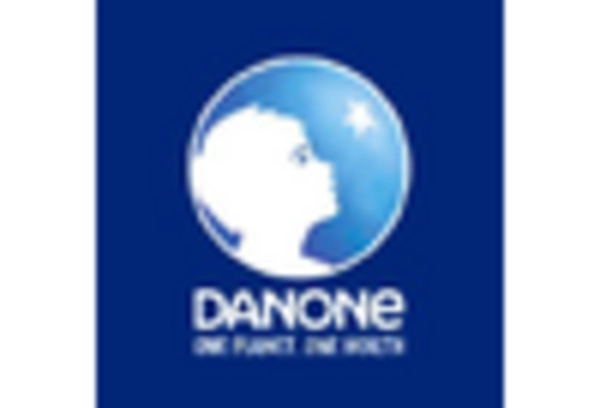
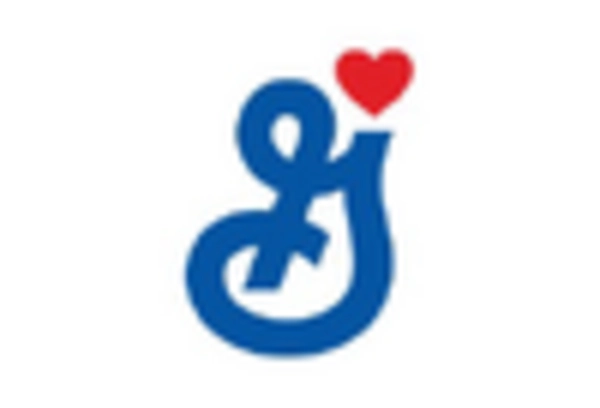
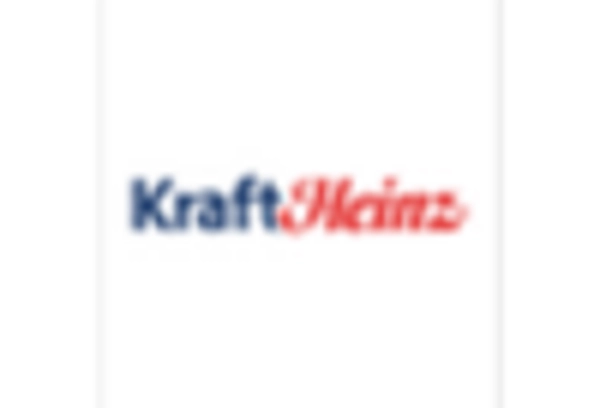

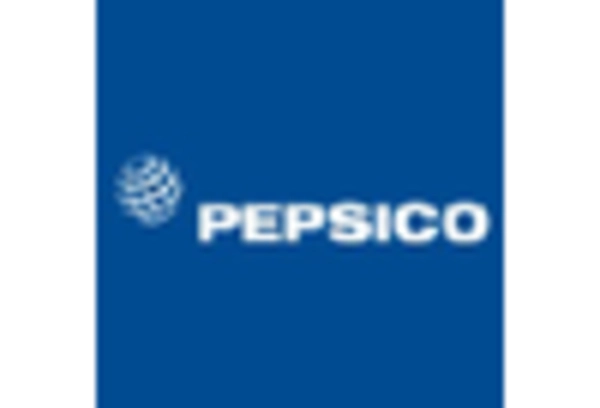
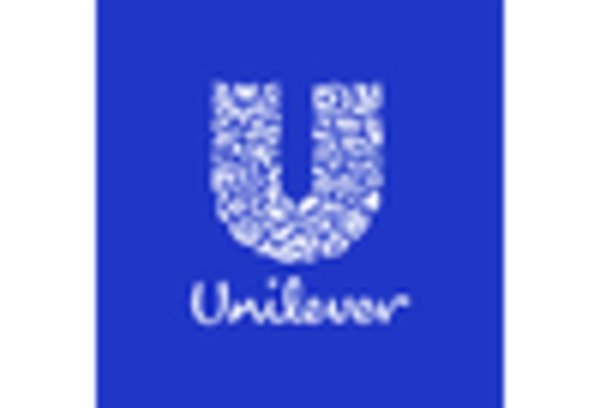








Leave a Comment